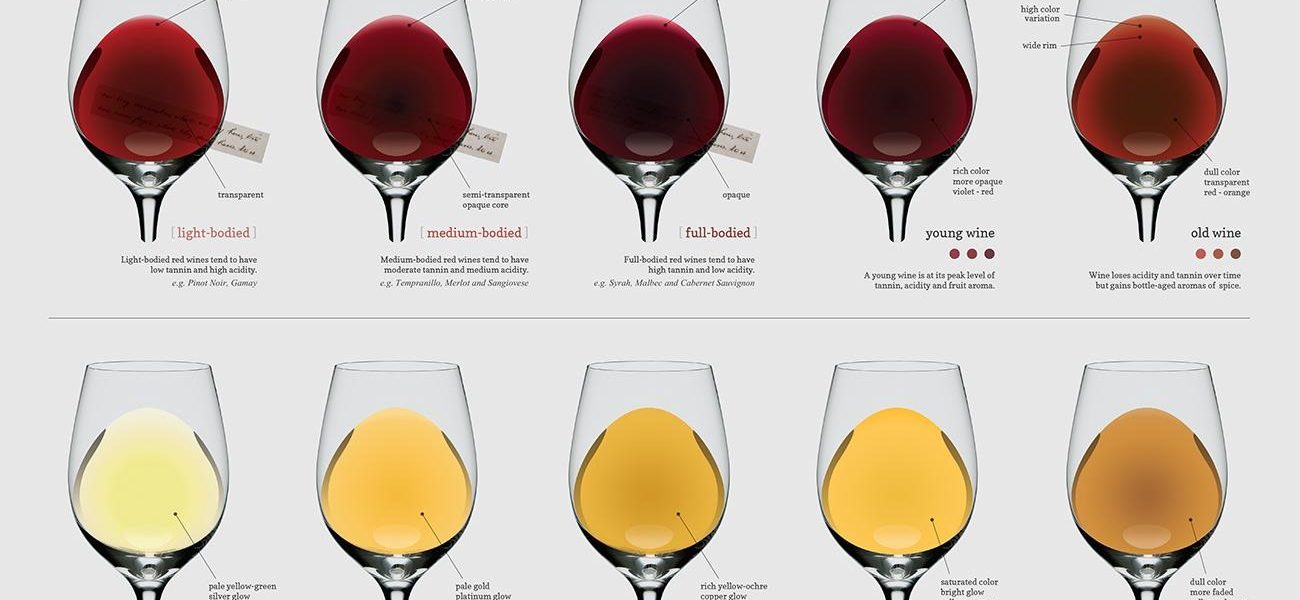Discovering the world of wine unveils a delightful array of flavors and experiences. Whether you savor a buttery chardonnay, a crisp sauvignon blanc, or a versatile pinot gris, each variety can elevate a meal—ranging from seafood to pasta and poultry. For those seeking more depth, a smooth merlot, bold cabernet sauvignon, or perhaps something spicier may be the perfect match. No matter your preference, the wine journey is personal and has the power to enhance any dining experience, creating a harmonious pairing between food and drink.
But what gives wine its unique traits? It all starts with the type of grapes, which determine sweetness, acidity, and tannin content. Selecting the right grape varieties and cultivating them in specific climates plays a crucial role in shaping a wine’s personality. Cooler regions tend to produce wines with lower alcohol content and a lighter profile, like pinot noir or sauvignon blanc, while warmer areas are known for richer reds, such as cabernet sauvignon.
The winemaking process is equally important. The “oakiness” of chardonnay, for instance, comes from barrel aging, while red wines develop their intensity during the maceration phase—when skins, seeds, and stems interact with the juice. Winemakers further fine-tune a wine’s profile through techniques like cold-soaking or alternative fermentation methods. Even details like tri clamp fittings used during production ensure that the process adheres to the highest standards of cleanliness and precision.
Winemaking is both an art and a science, blending creativity with precision. Every winemaker brings their unique touch, using various techniques to craft wines that captivate on their own and elevate the meals they accompany.










